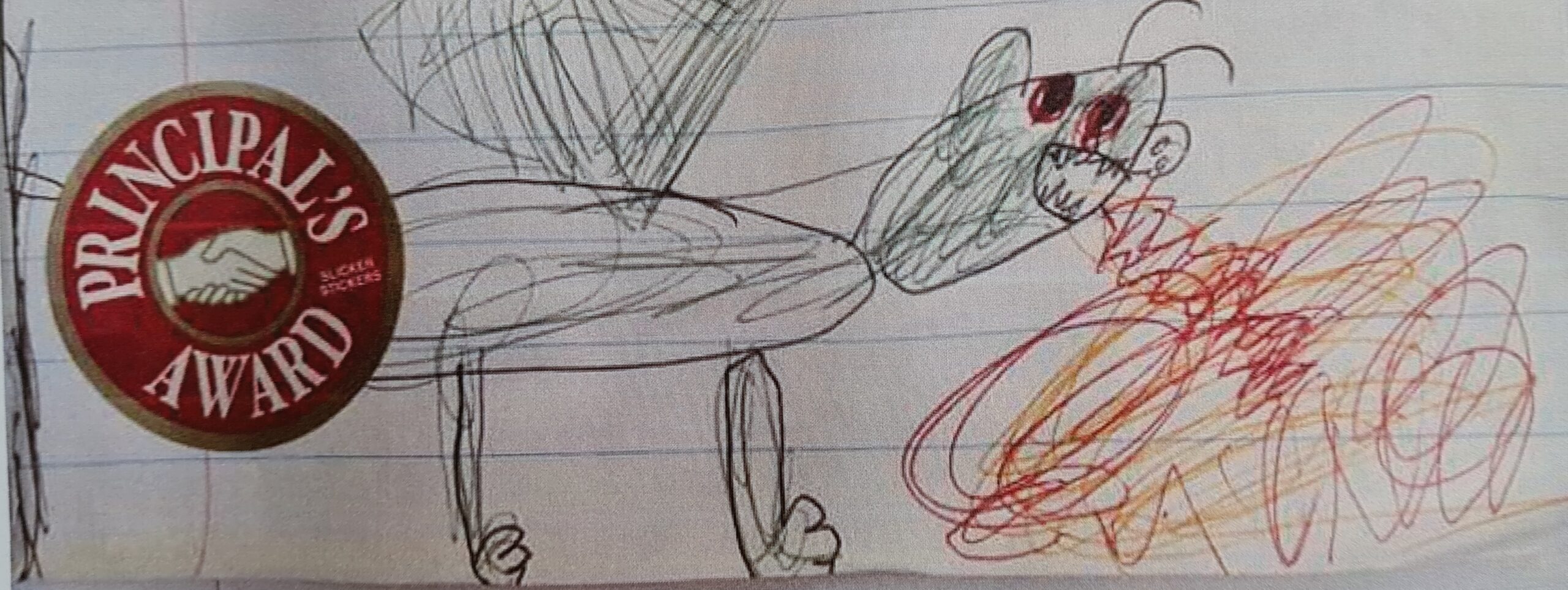Today we are sharing an idea that will be familiar to those of you who have read “The Forty Hour Principal”. It’s about positive thought patterns.
 Photo by NeONBRAND
Photo by NeONBRAND
Archery is a funny sort of sport. You make an immense physical effort but must keep completely steady and minutely controlled throughout. The margins between perfection and missing are very, very small, and with that comes the need for intense mental discipline.
A few years ago I was privileged to hear a top coach talking about this mental effort and one thing that he said has always stuck in my mind –
“It’s human nature to dwell on the mistakes. When you shoot 6 arrows and 5 are in the gold and one is not, most people walk up to the target looking at and regretting the one that missed. This is not helpful. You should be thinking about the 5 that succeeded and focusing on what you did to make that happen. You need to train yourself to focus on the successes.”
I have no doubt that the coach was correct in archery terms, but the reason I wrote it down at the time was that it is such a great metaphor for life in general. Why do we often default to the negative, even when surrounded by successes?
“Why do we relive the ‘stuff ups’?”
Most of us will have experienced that sick feeling that comes from thinking about mistakes we’ve made – sometimes days or weeks after the actual event. Rationally, even during the toughest days we will have experienced positives and negatives, wins and losses in the game of school leadership, but the things that have gone wrong are the things that spring straight to mind.
Assuming you are (at least) competent at your job, you will have exponentially more successes than failures in any given day. It would certainly make more sense to relive these (successes) because the emotions associated with succeeding are more positive than those aligned with failing. They’re more fun to dwell on and are better for your long term health.
So how? How do we keep our attention on the positives?
The answer seems to be simple yet will take deliberate effort– we need to retrain our thoughts.
There is a huge amount of research that explains the human tendency to focus on both actual and possible mistakes. For our ancestors, it made sense to be hyper aware of mistakes at a basic survival level. If they forgot where the sabretooth tiger lived, they died.
The theory is that this part of our evolutionary brain is incredibly deep seated and operates at a sub-conscious level. It’s the piece of your brain that instantly kicks into gear when a teacher tells you that they can’t find a student, or your Board Chairperson messages you saying they need to talk to you today – urgently.
The good news is that most of the threats we now face are either very small (I haven’t submitted our Charter by the due date) or entirely fictional (it’ll be a disaster if I have a sick day). The even better news is that it has been proven that we can retrain our thinking patterns to operate in more positive ways.
A pioneer in this field is positive psychology professor Martin Seligman. He has written a number of best-selling books on this topic with the most well-known being “Learned Optimism: How to Change Your Mind and Your Life” ³. Three key techniques he promotes are:
- Separating fact from fiction
- Identifying a positive
- Cultivating an attitude of gratitude
Separating fact from fiction – this is a vital first step in retraining your default reaction to events. When you find yourself focused on something that went wrong, ask yourself the question, “on a scale of 1 – 10, how bad was that?” 10 being nuclear war has started, 1 being no consequence at all. The fact is that most of what we experience is far closer to a 1 than a 10.
Identifying a positive – is that glass half full or half empty? It’s a mental habit to look for positives and habits can be learnt. We all know people who “naturally” default to either viewpoint, but the truth is that people can change their default with deliberate practice.
Cultivating an attitude of gratitude – there is no disputing the science that feeling grateful is very strongly associated with a huge range of positive outcomes. Happiness, strong relationships, job satisfaction, and even health are closely linked to a sense of gratitude.
While there is nothing particularly new in these techniques, they are simple in concept and (with deliberate effort) achievable. The challenge is that you may need to do things differently; i.e. shift your habitual thinking patterns.
This may not be easy, but if you find yourself constantly looking at the ‘arrows that missed’, it’s time to take action. Your happiness and wellness are at stake.
Dave
³ Martin Seligman, “Learned Optimism: How to Change Your Mind and Your Life”, 2006, Vintage Books, New York.



 Photo by
Photo by